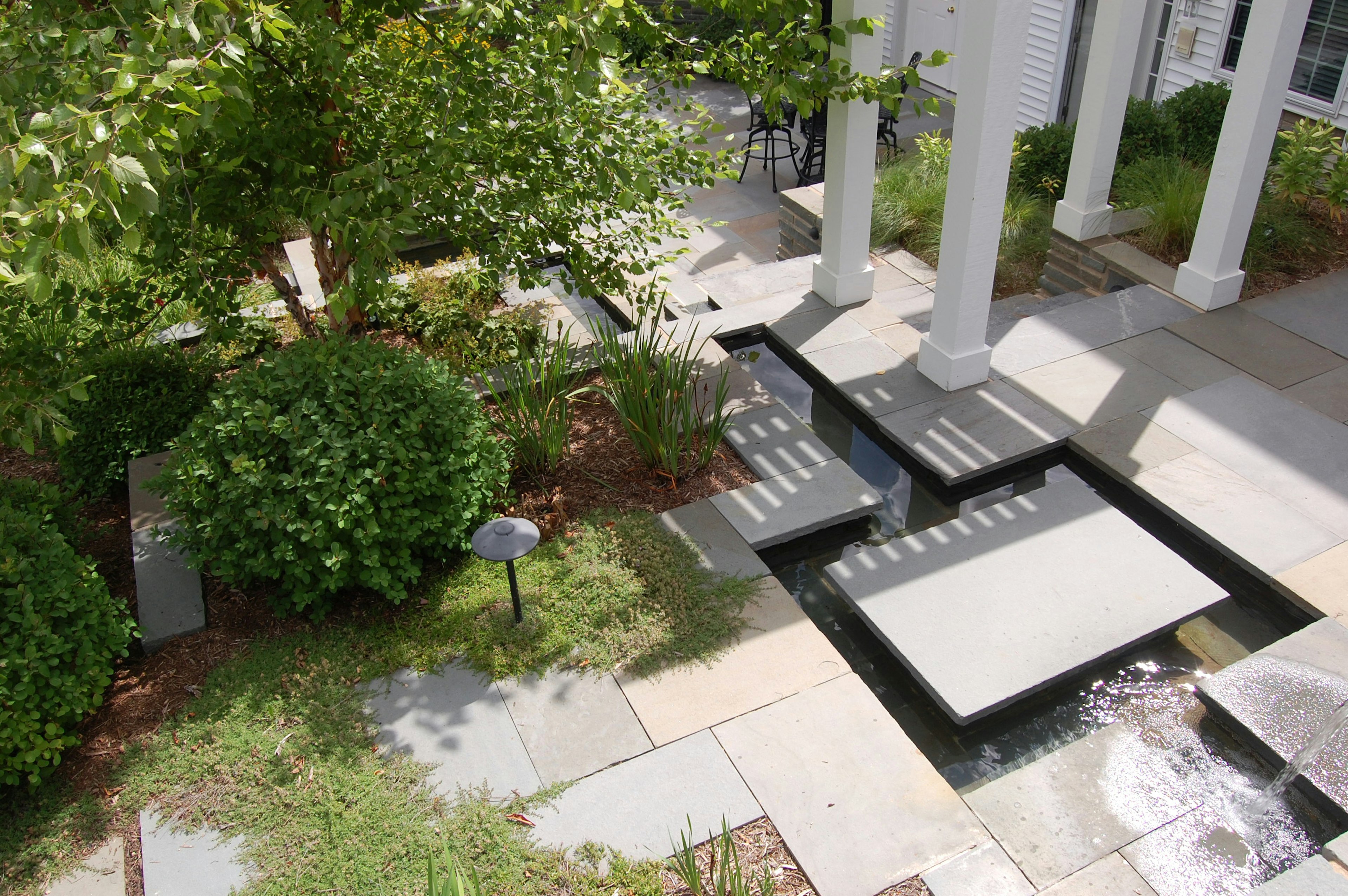
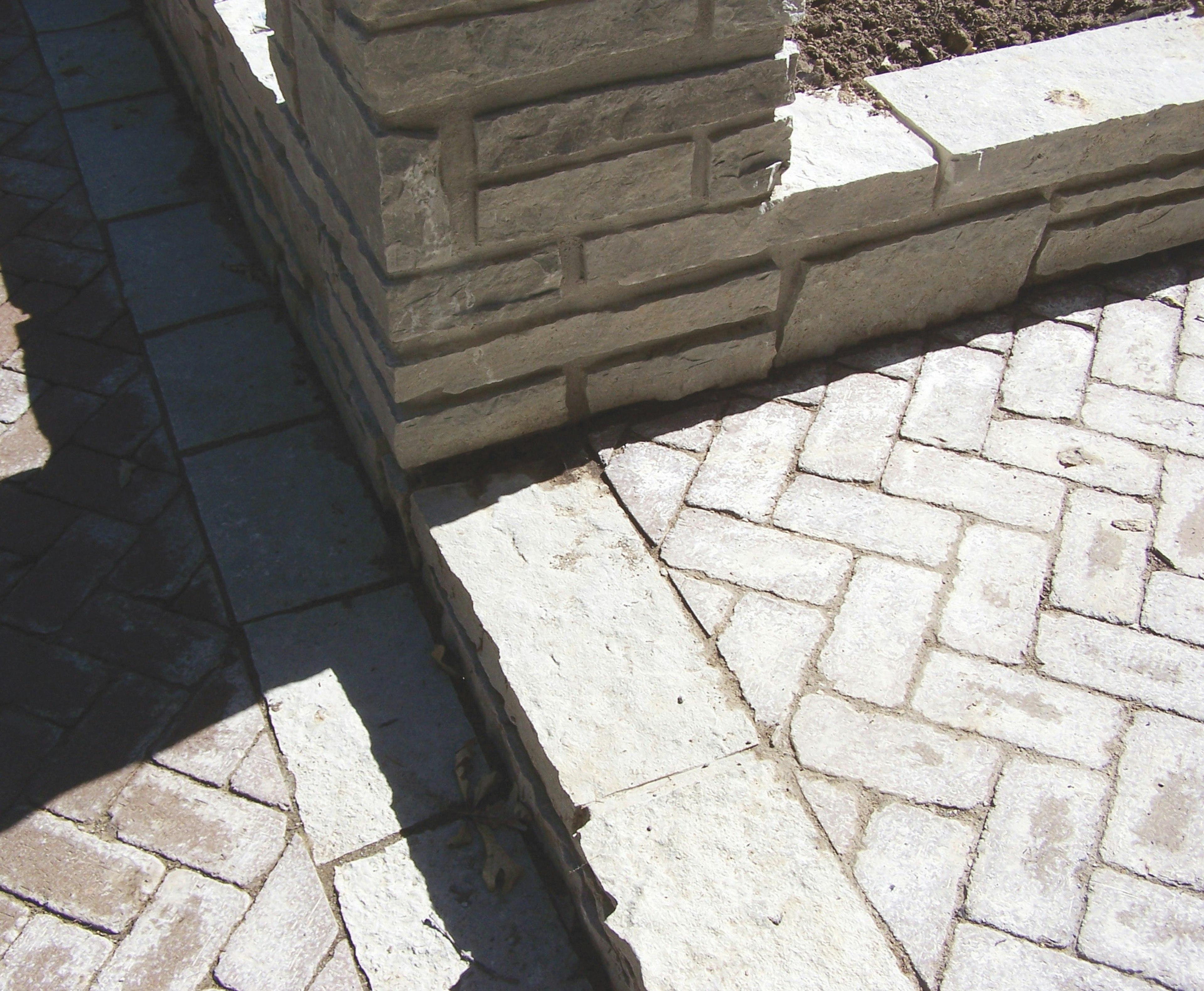

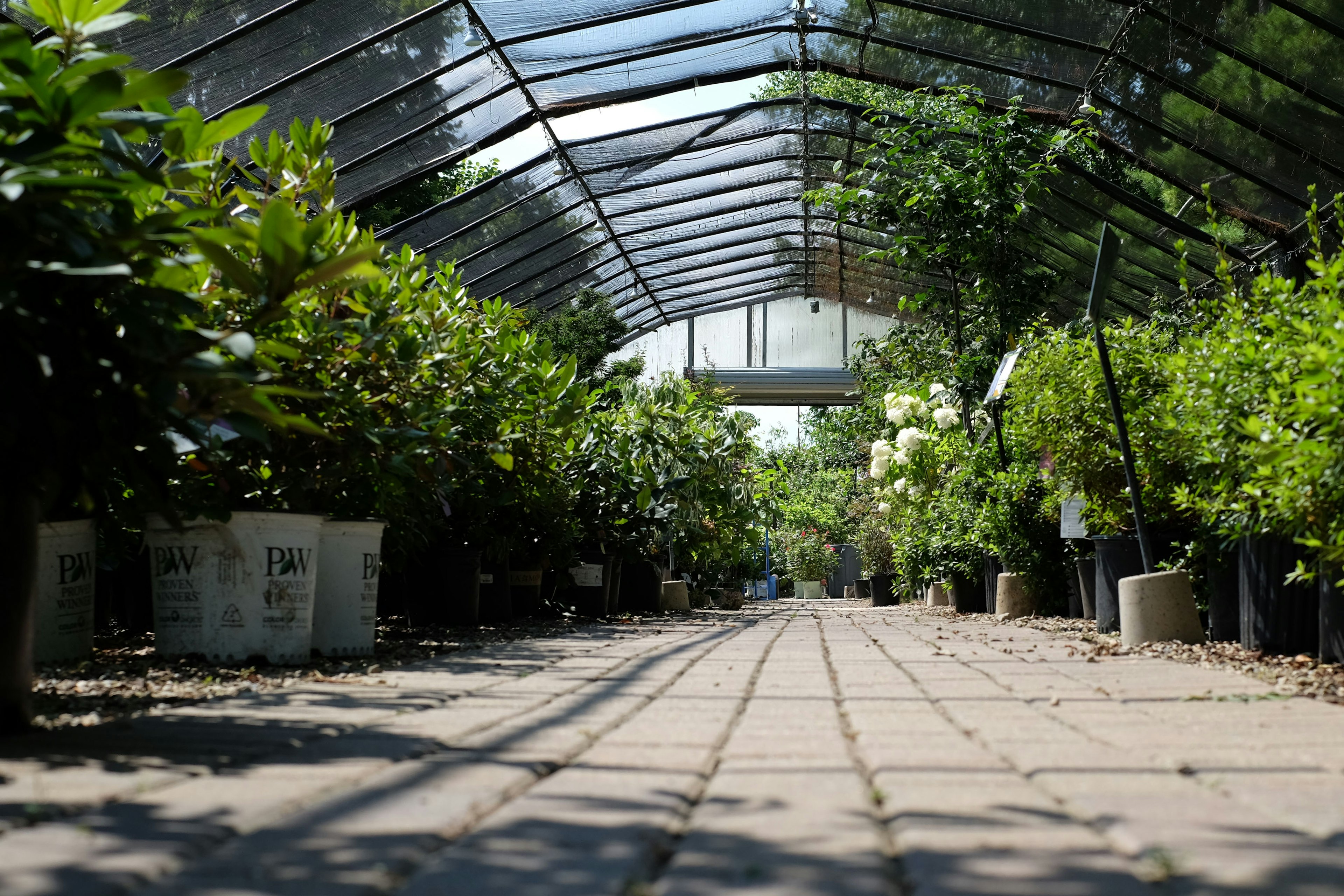

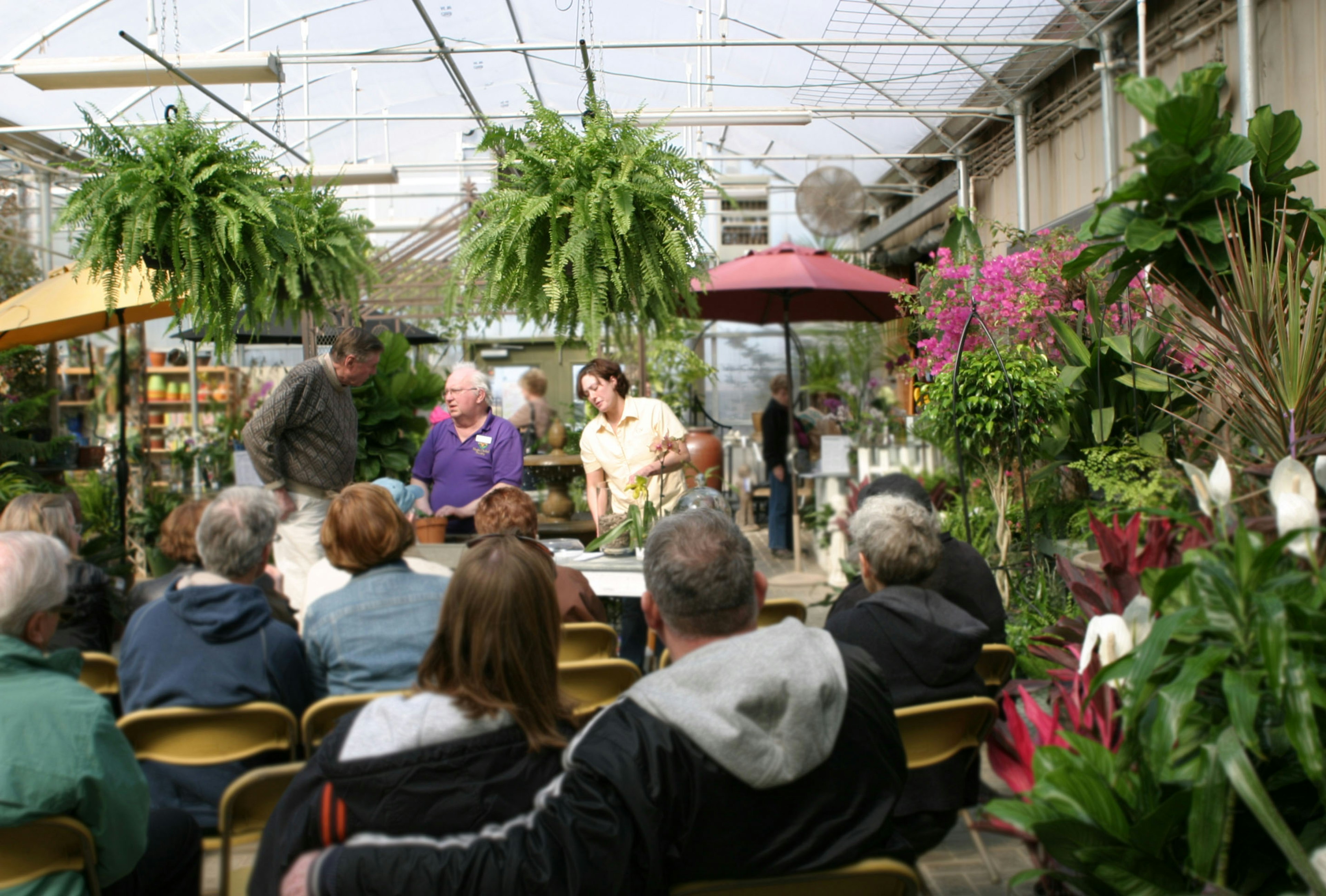
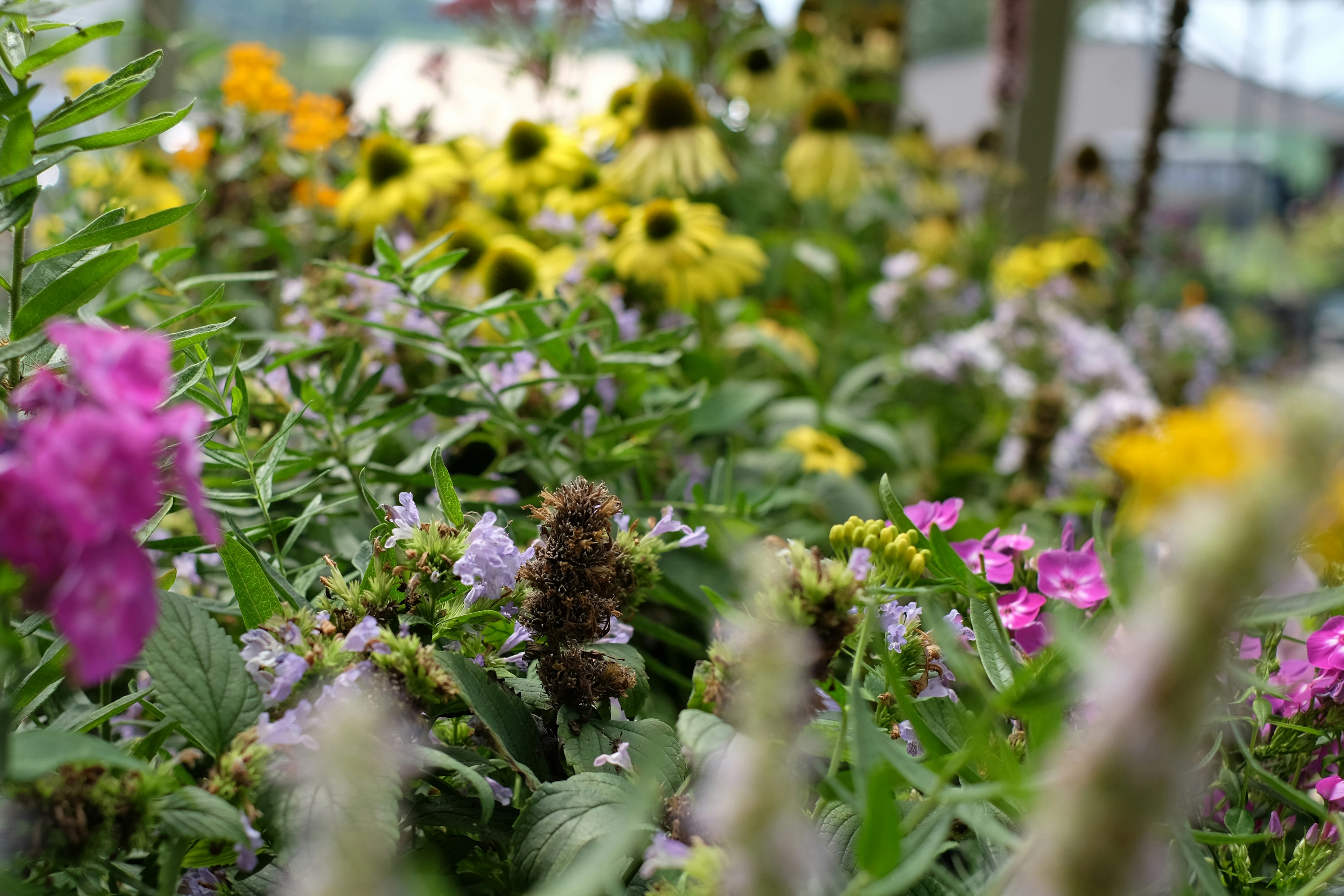

Landscape

The Importance of a Professional Landscape Design

Hello, this is Jason from the Green View Bloomington, IL office, and today I'm excited to share some insights about proper landscape design. In our experience, a well-planned landscape design is key to a successful project. Our award-winning landscape architects and designers have knowledge and experience in the areas of design, site planning, construction, maintenance, and horticultural practices. We are committed to creating environments that employ natural systems in innovative and imaginative ways while responding to our client's unique vision for the landscape.
Why is it important to plan your landscape design before starting the project? Proper landscape design is essential for several reasons, including budgeting and cost control, space optimization, aesthetics and functionality, environmental considerations, long-term maintenance, and personalization. Let's explore each of these aspects in more detail.
Budgeting and Cost Control
Knowing the overall design plan before starting the project allows you to establish a budget and control costs. By understanding the materials, labor, and other resources needed, you can avoid unexpected expenses and ensure that the project stays within budget. This involves:
- Estimating costs for materials such as plants, mulch, soil, pavers, and lighting.
- Factoring in labor costs for design, construction, and installation.
- Considering additional expenses like permits, equipment rentals, and waste disposal.
- Creating a contingency fund to cover unforeseen costs.
Planning ahead and having a clear understanding of your financial limitations will prevent overspending and help you prioritize essential elements of your landscape design.
Space Optimization
A well-thought-out design ensures that you make the best use of your available space. Our landscape architects and designers will analyze your site and create a layout that accommodates all the desired elements while maximizing functionality and flow. This includes:
- Identifying and utilizing focal points to create visual interest.
- Designing pathways and transitions that connect different areas of your landscape seamlessly.
- Organizing outdoor living spaces such as dining areas, seating, and play zones.
- Incorporating a variety of plantings to create texture, color, and depth.
By carefully considering how each element of your landscape design fits into the overall plan, you can create a cohesive and functional outdoor environment.
Aesthetics and Functionality
A well-designed landscape strikes the perfect balance between aesthetics and functionality. Our team members will work closely with you to create a cohesive, visually appealing landscape that also serves your practical needs. Incorporating elements such as seating areas, walkways, and lighting ensures that your outdoor space is both beautiful and functional. This involves:
- Choosing a color palette and design style that complements your home's architecture and your personal taste.
- Selecting plants and hardscape materials that provide year-round interest and require minimal maintenance.
- Designing lighting schemes to enhance safety and ambiance during evening hours.
- Integrating functional features like storage, irrigation systems, and drainage solutions.
By focusing on both aesthetics and functionality, you can create a harmonious and inviting outdoor space that meets all your needs and preferences.
Environmental Considerations
Proper landscape design takes into account the environmental impact of the project. Our designers will choose plants and materials that are suitable for our region, promoting sustainability and reducing maintenance needs. Additionally, we can create a landscape that works harmoniously with the surrounding ecosystem by considering factors such as drainage, erosion control, and wildlife habitat. This includes:
- Selecting native plants that support local biodiversity and require less water and maintenance.
- Implementing stormwater management solutions like rain gardens and permeable paving to reduce runoff and erosion.
- Incorporating sustainable materials, such as reclaimed wood, recycled metals, or locally sourced stone, into the design.
- Designing wildlife-friendly features like birdhouses, bat boxes, or pollinator gardens to encourage biodiversity.
By making environmentally conscious choices in your landscape design, you can minimize your ecological footprint and contribute to the health of your local ecosystem.
Long-term Maintenance
A well-planned landscape design considers long-term maintenance needs, ensuring that your outdoor space remains beautiful and functional for years to come. This includes selecting low-maintenance plants and materials and designing irrigation systems to promote efficient water use. Key aspects of long-term maintenance planning include:
- Choosing plant varieties that are disease-resistant and well-suited to our climate.
- Creating a planting plan that accounts for plant growth and seasonal changes, reducing the need for extensive pruning or replanting.
- Installing efficient irrigation systems, such as drip irrigation or smart controllers, to conserve water and keep plants healthy.
- Incorporating hardscape materials that are durable, easy to clean, and resistant to weather damage.
By considering maintenance requirements during the design phase, you can create a landscape that is both beautiful and easy to care for in the long run.
Personalization
Your landscape should be a reflection of your unique style and taste. By planning your design before the project begins, you can incorporate personal touches and make your outdoor space truly yours. From custom water features to tailored planting schemes, our designers will work with you to create a landscape that reflects your individuality. Personalization can involve:
- Selecting plants, hardscape materials, and accessories that align with your preferred design style, whether it's modern, traditional, or eclectic.
- Incorporating meaningful elements, such as a memorial garden or a sculpture that holds sentimental value.
- Designing custom elements, like a water feature or outdoor fireplace, to create a one-of-a-kind focal point.
- Tailoring outdoor living spaces to accommodate your hobbies, like a culinary garden for avid cooks or a spacious patio for entertaining.
By taking the time to personalize your landscape design, you can create an outdoor space that truly reflects your personality and lifestyle.
If you're considering a landscape project, don't hesitate to contact our teams in Springfield, IL, Peoria, IL, Champaign, IL, or Bloomington, IL. We'll be happy to discuss your ideas and help you create a landscape design that's tailored to your needs, preferences, and budget. Remember, investing time in proper planning and design will not only enhance the beauty and functionality of your outdoor space but also ensure that your project runs smoothly and stays within budget.